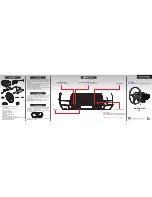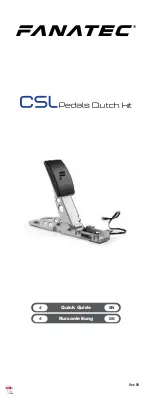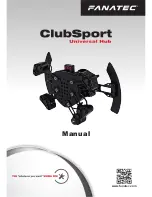
User Manual
Airbridge cBTS3612 CDMA Base Station
System Description
5 System Configuration
5-7
B
H
P
A
B
T
R
M
RLDU0
C
D
U
RLDU1
RLDU2
C
D
U
C
D
U
C
D
U
C
D
U
C
D
U
B
H
P
A
B
T
R
M
B
H
P
A
B
T
R
M
B
H
P
A
B
T
R
M
B
H
P
A
B
T
R
M
B
H
P
A
B
T
R
M
B
H
P
A
B
T
R
M
B
H
P
A
B
T
R
M
B
H
P
A
B
T
R
M
B
H
P
A
B
T
R
M
B
H
P
A
B
T
R
M
B
H
P
A
B
T
R
M
0
1
2
3
4
5
1
1
3
3
5
5
7
7
9
9
11 11
0
0
2
2
4
4
6
6
8
8
10 10
Figure 5-5
RF modules in full configuration (the duplexer in the figure is CDU)
There are 2 RF subracks in BTS, each subrack with 6 BTRM slots and 6 BHPA slots.
Empty slots are covered with dummy panels.
There is one RLDU subrack, configured with 1~ 3 RLDUs according to actual
implementation.
There is one CDU/DFU/DDU subrack, configured with 1~ 6 CDUs or DFUs or DDUs
according to needs. Each DFU supports 1 BTRM. Each DDU supports 2 BTRMs
(carrier spacing is not necessary ), Each CDU supports 2 BTRMs (the BTRMs
supported by each CDU should be larger than or equal to 2 carrier spacing).
The configuration of RF devices varies with the quantity of BTRMs.
For CDU and DDU, the corresponding BTRMs and BHPAs are configured from
bottom to top and from left to right (as shown in Figure 5-5). For DFU, they are
configured from left to right in the RF subrack under the DFU. Based on the specific
frequency of CDU, actual implementation conditions should also be considered
when configuring the BTRMs and BHPAs, as described in the introduction to typical
configurations.
5.1.5 Configuration of Antenna Parts
Two omni antennae should be used for omni cell.
















































